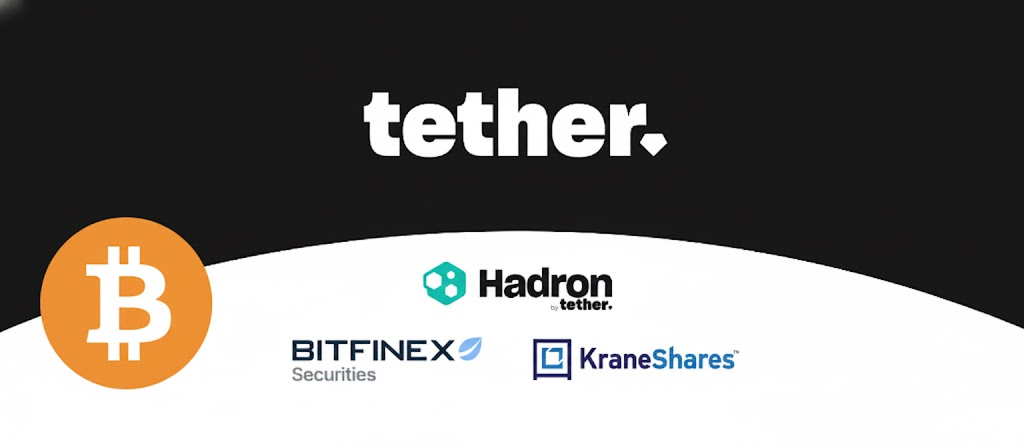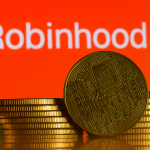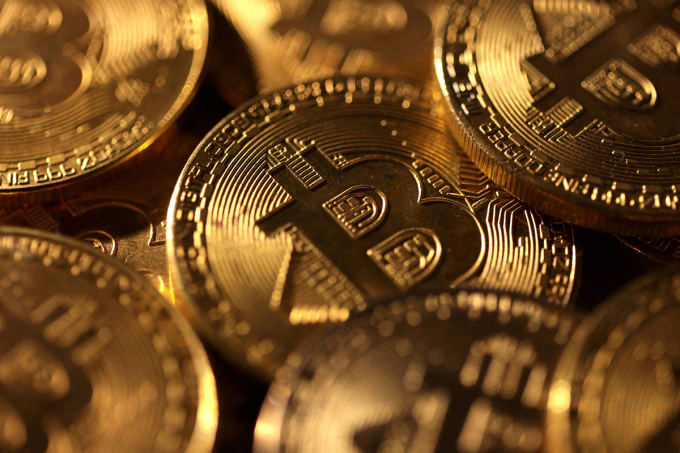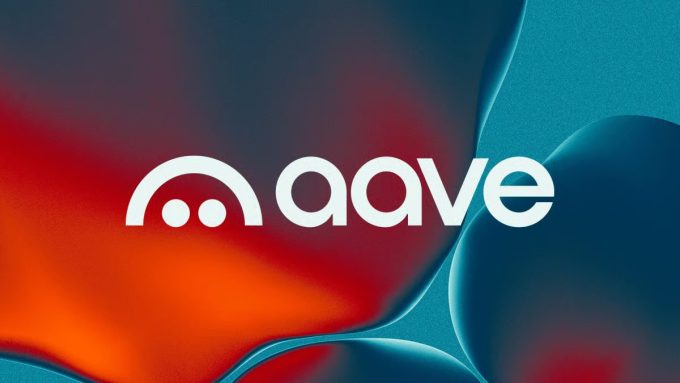Market Reaction and Strategic Context
KraneShares CEO Jonathan Krane emphasized the company’s commitment to blockchain integration, stating that “in the next three to four years, our business will be 100% tokenized.” The firm, known for its thematic ETFs such as the KraneShares CSI China Internet ETF (KWEB), oversees roughly $15 billion in assets under management. Partnering with Hadron and Bitfinex Securities could enable KraneShares to issue tokenized versions of ETFs, bonds, and other products directly on public blockchains.
According to industry data, the market for tokenized RWAs surpassed $35 billion in 2025, led by tokenized Treasury bills and funds. Platforms such as Ondo Finance and Backed Finance have already demonstrated strong institutional demand, with tokenized T-bill yields averaging between 5% and 5.4% annually. Hadron’s partnership aims to capture this growth by offering compliance-driven, institution-grade issuance capabilities, potentially attracting traditional funds seeking operational efficiency and 24/7 settlement.
Regulatory and Technical Implications
Bitfinex Securities operates under El Salvador’s Digital Asset Issuance Law — one of the few regulatory frameworks globally designed specifically for tokenized securities. This provides a legal foundation for offering tokenized investment products that comply with AML, KYC, and investor protection standards. Through Hadron, Tether is leveraging its stablecoin expertise to create a blockchain-agnostic platform supporting multiple networks, including Bitcoin’s layer-2 solutions, Ethereum, and Polygon.
The partnership could serve as a regulatory testbed for how tokenized ETPs coexist with existing securities laws in major markets such as the U.S. and the EU. It also reflects the broader global shift toward integrating blockchain into capital markets infrastructure — from the tokenization pilots of JPMorgan’s Onyx platform to BlackRock’s growing exploration of digital fund issuance. However, regulatory clarity remains uneven: questions persist regarding custody requirements, redemption rights, and investor classification for on-chain funds.
Investor Sentiment and Institutional Outlook
Institutional investors have increasingly warmed to tokenization as a mechanism to modernize capital markets. The Hadron-KraneShares-Bitfinex alliance underscores this momentum, suggesting that established asset managers now view blockchain not as competition but as infrastructure. Analysts say this signals a shift in investor psychology — from speculative trading toward yield-driven, asset-backed blockchain participation.
Still, sentiment remains cautious. Many institutional allocators are awaiting proof of consistent liquidity and robust secondary markets for tokenized products. Operational risks, such as smart-contract vulnerabilities and counterparty oversight, continue to temper enthusiasm. Yet, early adopters — particularly family offices and crypto-native funds — may view these developments as a chance to gain early exposure to tokenized ETPs before broader adoption.
Outlook: What to Watch Next
The collaboration between Hadron, Bitfinex Securities, and KraneShares could mark a turning point for on-chain finance if it successfully merges ETF-style products with blockchain infrastructure. The immediate test will be regulatory acceptance and institutional uptake over the next 12 to 18 months. For crypto markets, increased tokenization could mean deeper liquidity, expanded stablecoin utility, and a broader institutional footprint in digital assets.
Key indicators to watch include issuance volumes, total value locked (TVL) in tokenized securities, and cross-jurisdictional approvals. If successful, the model could pave the way for a new era of hybrid finance — one where traditional capital markets and blockchain systems operate as a unified, programmable financial ecosystem.













Leave a comment